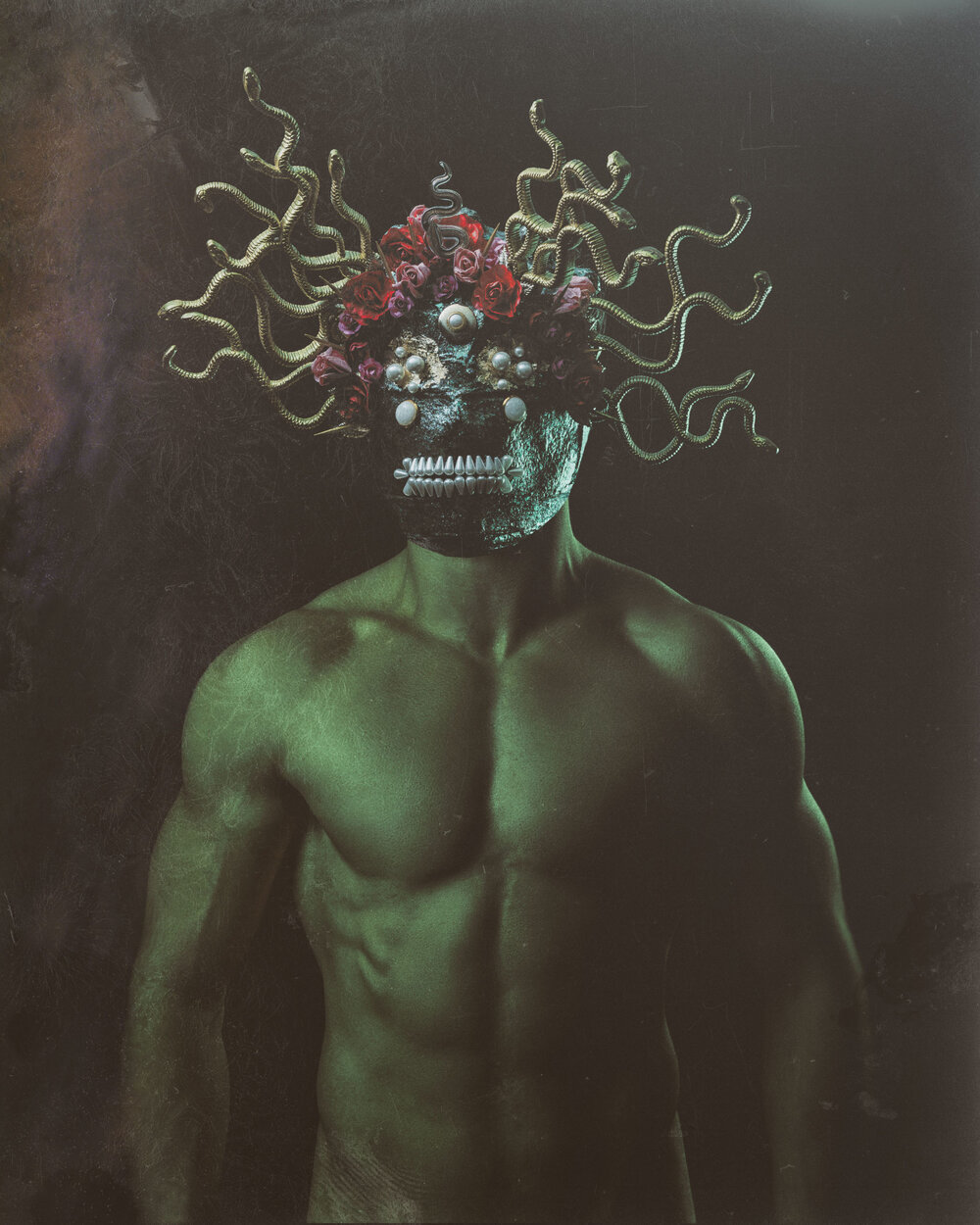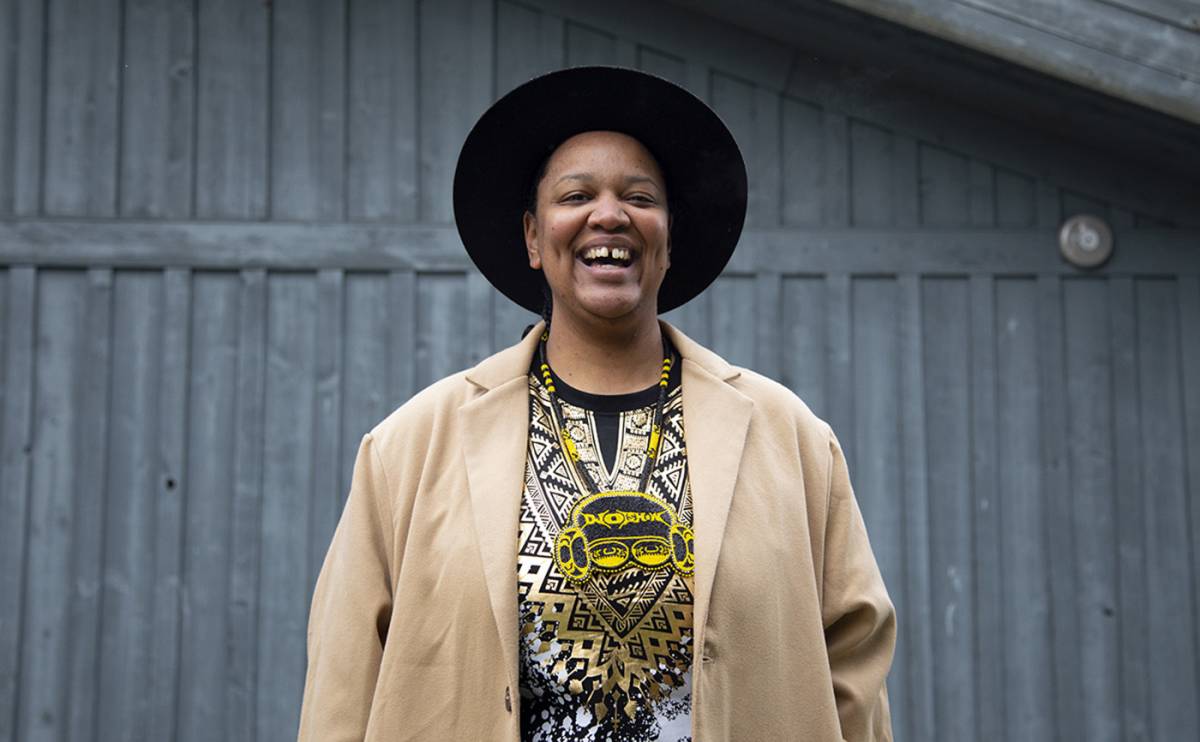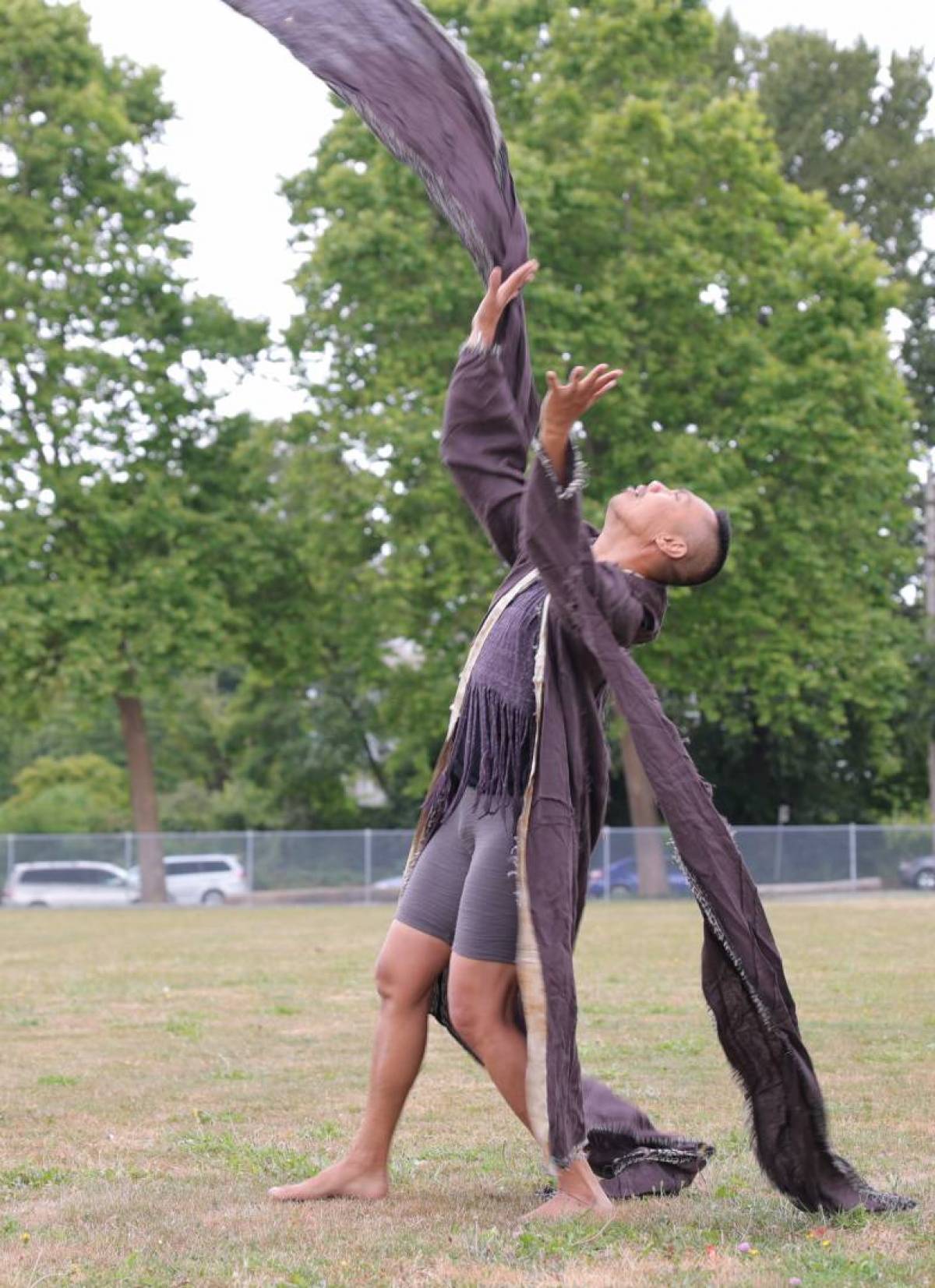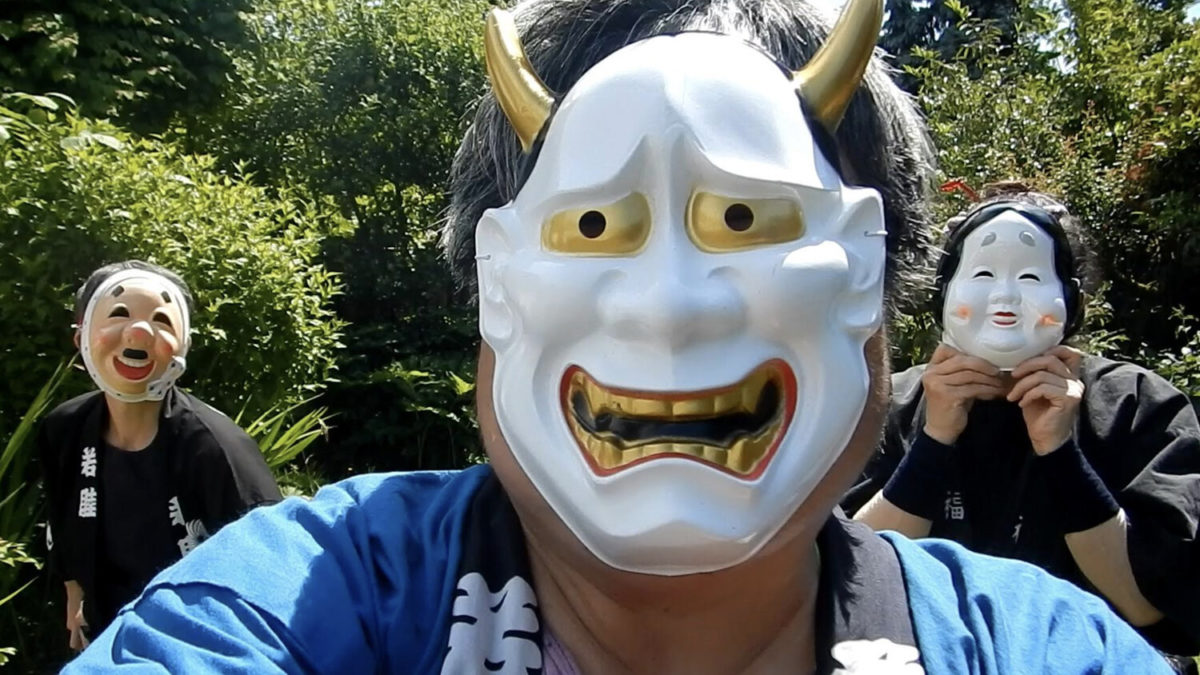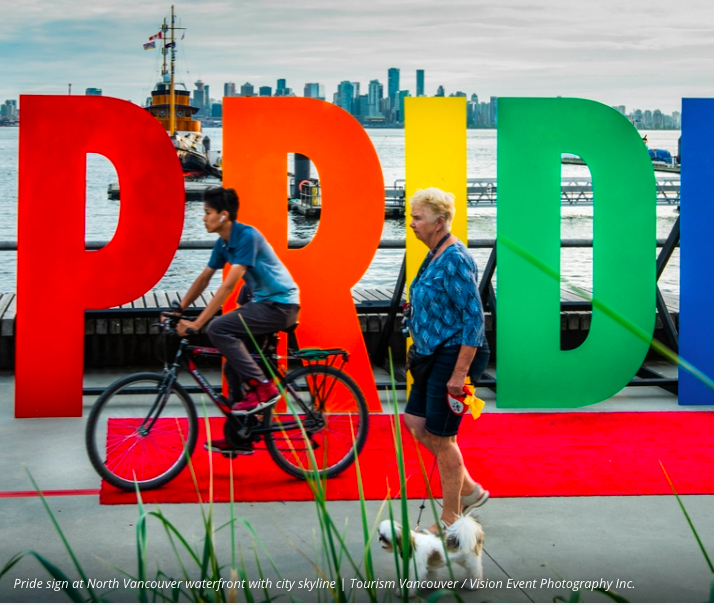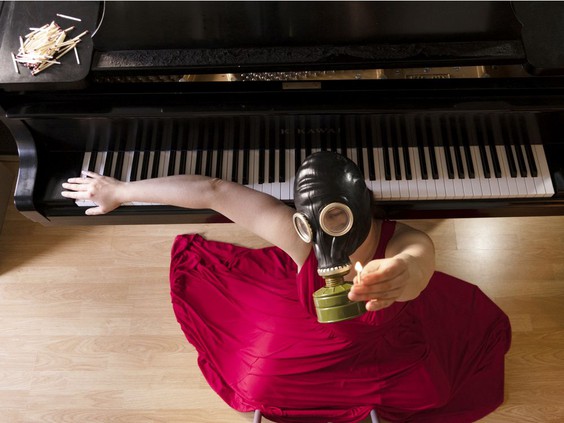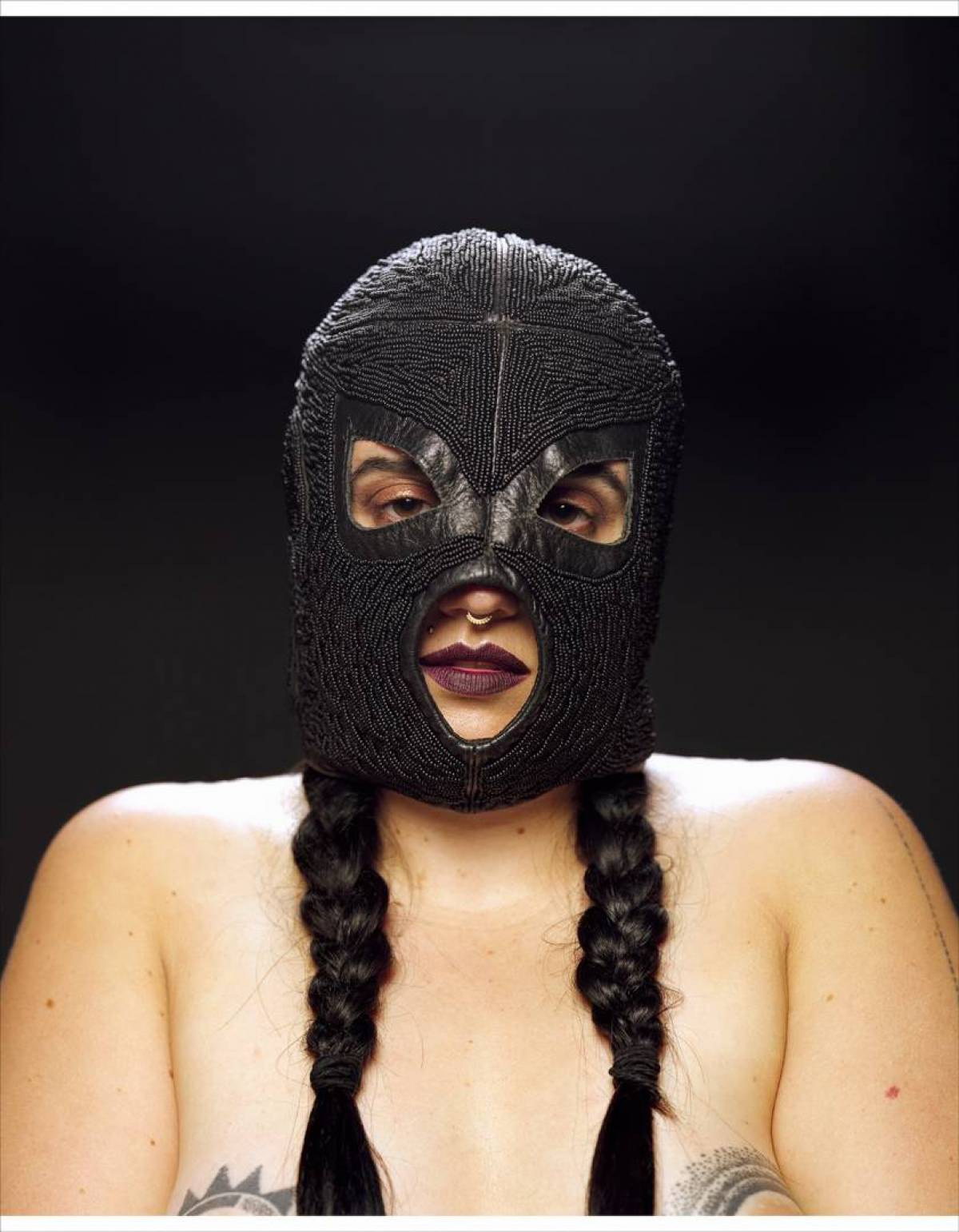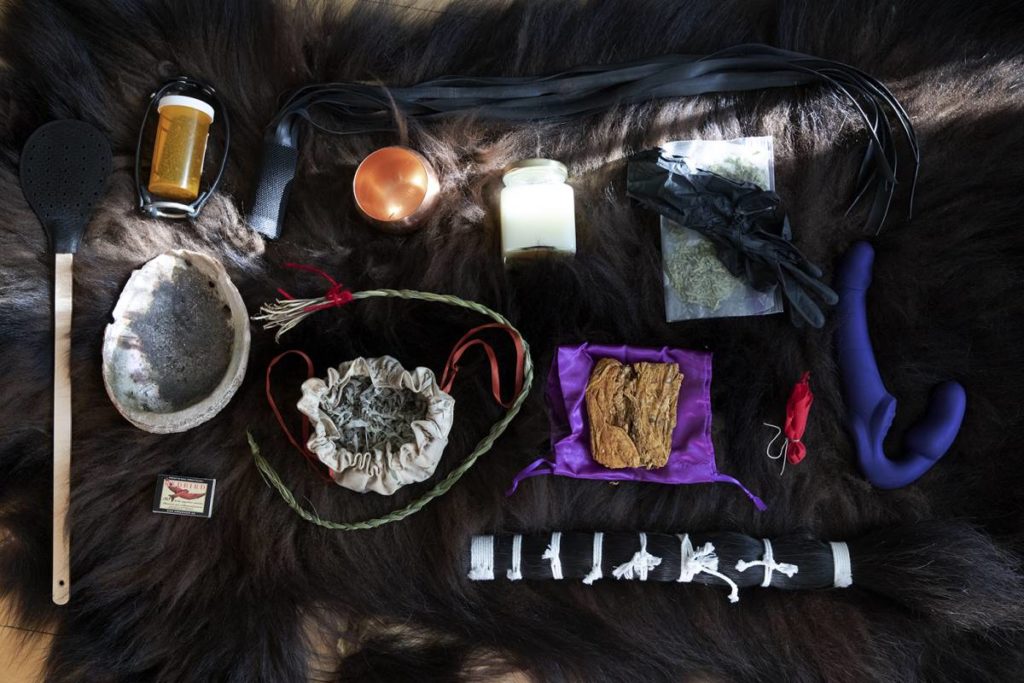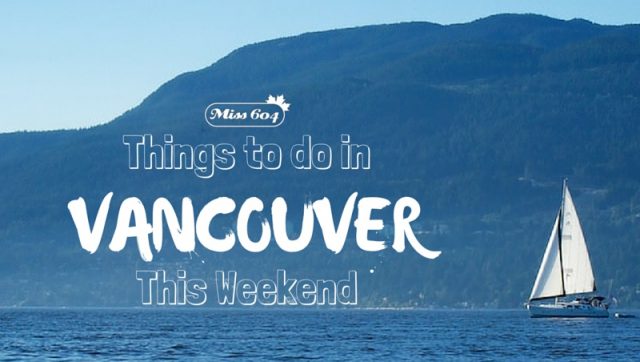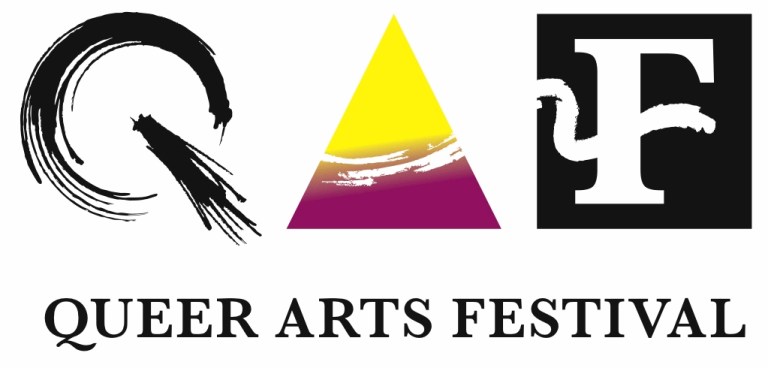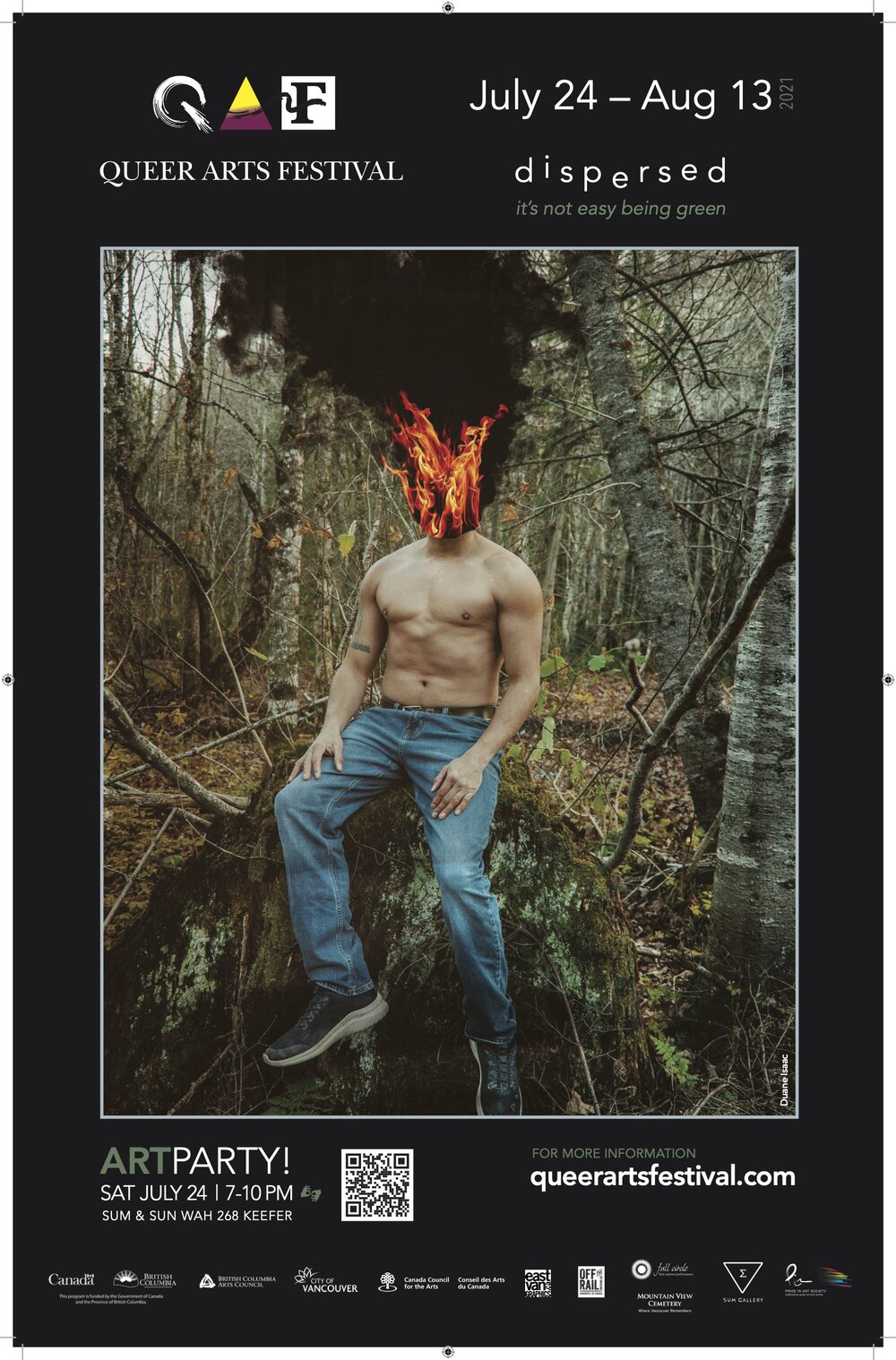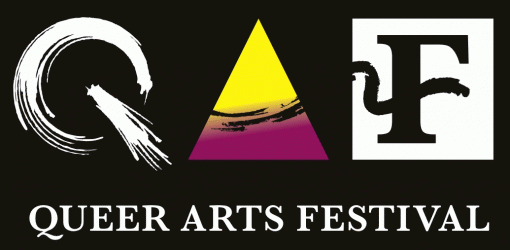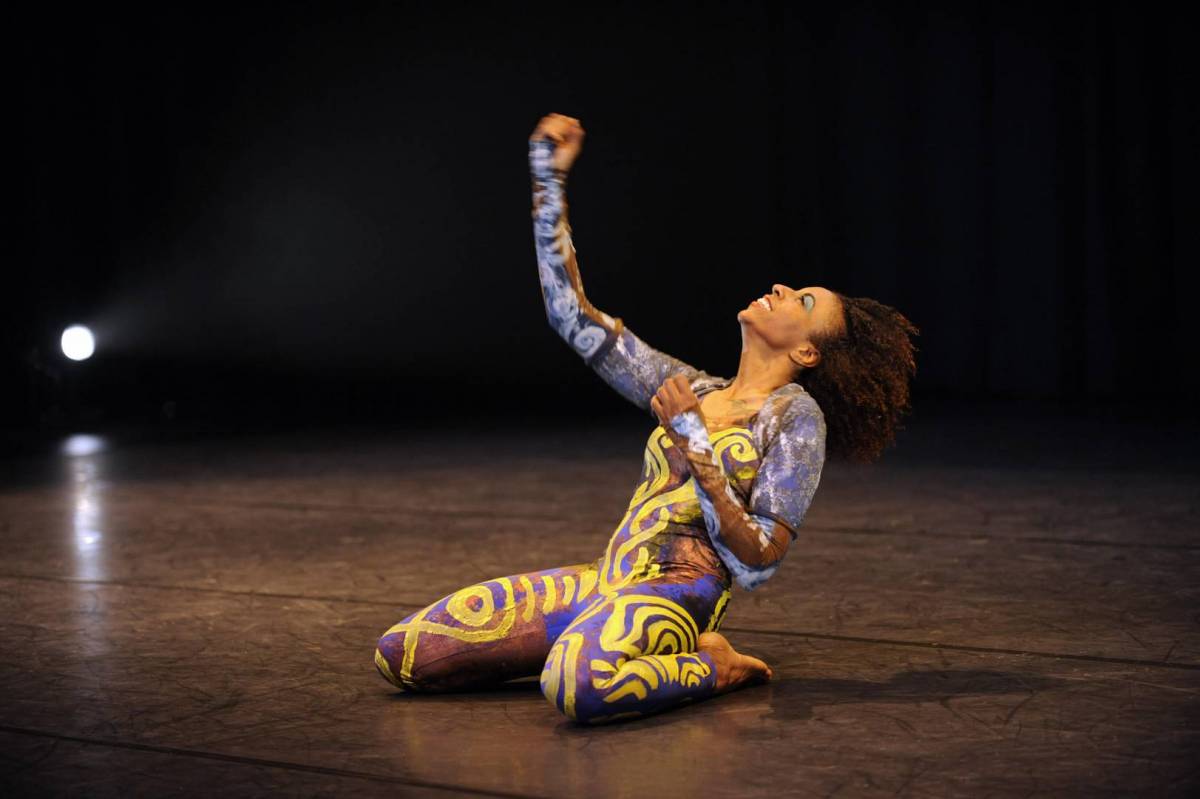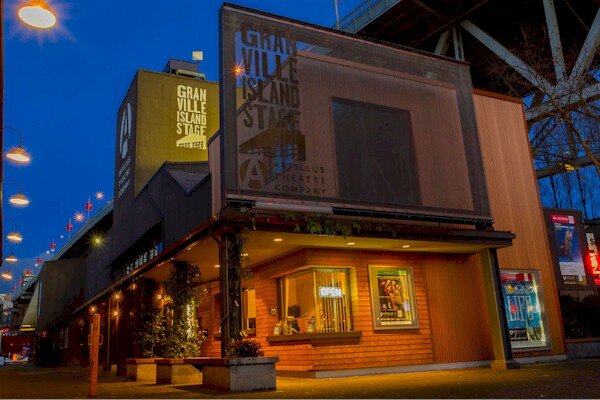BY GAIL JOHNSON, STIR VANCOUVER
Queer Arts Festival 2021 Dispersed: it’s not easy being green runs July 24 to August 13 online and in-person at various venues. It’s not easy being green: a Curated Visual Arts Exhibition runs the same dates at Sun Wah Centre’s lower ground floor, with a tour on July 27 at 5 pm PDT.
WHEN THE TEAM at Pride in Art Society was planning the theme for Queer Arts Festival 2021, it was a different time: events like it are typically devised years in advance, and nobody had even heard of COVID-19. What was top of mind was the climate crisis, with Greta Thunberg sounding the alarm while sailing the Atlantic. It was settled: the theme for this year’s fest and its curated visual-art exhibit would be “it’s not easy being green”.
Enter the pandemic, and the novel coronavirus took over everything, bumping the environmental emergency out of the headlines. However, the 2021 fest’s it’s-not-easy-being-green theme remains as relevant now as it was before the virus entered our lives—maybe even more so.
It works on multiple levels beyond the obvious difficulties humans are having at keeping the planet green. There’s green as a representation of land, tying into Indigenous rights and sovereignty and the ongoing effects of colonization. It represents evergreen issues such as renewal, growth, and the supernatural on one hand and power, greed, and poison on the other. There are pop culture underdogs, anti-heroes, and oddities who are green, from Kermit the Frog to Elphaba the Wicked Witch of the West to the Mandalorian’s Baby Yoda. Green is also the colour of aliens, or others.
“In early 2019 when we chose ‘it’s not easy being green’, there was this apocalyptic fear and dread referred to as the climate catastrophe,” QAF artistic and executive director SD Holman tells Stir by phone. “Indigenous-led anti-pipeline demonstrations shut down Canada, and more people recognized that we are interdependent with the Earth and animals for our very survival. The climate situation seemed to be pressing down like this tidal wave; it seemed like there was this worldwide acknowledgment that this was happening. Right on the heels of that, the pandemic happened and shoved aside everything. Then there was plastic—lots and lots of plastic.”
And then people around the world were asked to stay home and away from other people.
“I feel like the mainstream learned about isolation and about space and what it’s like to feel unsafe in public, in danger of standing too close to somebody—the wrong person—the fear of stepping outside of one’s home or family bubble, which could mean death,” says Holman, a queer award-winning image-based artist. “Queers and marginalized people have felt that their whole lives. ‘It’s not easy being green’ still resonated. The pandemic and all of those risk factors are all too familiar to radicalized and queer people and all the people in the margins.”
Holman curated it’s not easy being green: A Curated Visual Art Exhibition with two-spirit artist Jeffrey McNeil-Seymour; they will lead a tour with guest artists on July 27.
“The announcement of the Tk’emlups te Secwépemc confirmation of 215 unmarked graves of children, then 725-plus took its toll, and the numbers continue to rise,” McNeil-Seymour says. “The Cancel Canada Day rally at Vancouver Art Gallery where Sarah Brooke Cadeau and Audrey Siegl’s truth speak reverberated off the glass and concrete of downtown Vancouver, waking the hearts and minds of the thousands that gathered to show us all what love looks like.
“The culmination of these ongoing events comes at a cost,” McNeil-Seymour says. “Preparing for show readiness is a heavy labour. The heavy emotional labours are especially felt by artists and visionaries. It’s not easy being green—indeed.”
The exhibition features an eclectic group of artists from across Canada and as far away as India working in photography, sculpture, drawing, painting, printmaking, film, and other disciplines. Here, they upcycle and recycle apocalyptic fear and dread into artwork and social change.
Featured artists include Beric Manywounds, Blake Angeconeb Chad Baba, Duane Isaac, Falak Vasa, Grace House, Ho Tam, Isaac Murdoch (whose Ojibway name is Manzinapkinegego’anaabe / Bombgiizhik), Jay Pahre, Kali Spitzer, Katherine Atkins, Kathleen Ross, Manuel Axel Strain, Oluseye, Pablo Muñoz, Preston Buffalo, Tejal Shah, and Tsohil Bhatia.
“We have invited featured artists from around the globe, from diverse contexts,” McNeil-Seymour says. “Duane Isaac is a stand-out for us. Like Isaac, the exhibition’s relationship-building with the featured artists; the storytelling of their process, vision…made us, made me take pause. The artists gathered here are amplifying the ripples of change.”
Holman, whose project Butch: Not Like the Other Girls toured North America in 2014 and is available in book form in its second edition, is proud of the Queer Arts Festival, which is one of just a handful of its kind in the world. Holman also founded SUM Gallery, the only mandated queer visual-art gallery in Canada at present. “I hope there’s more,” Holman says. “I salute those ones who came before. They died of exhaustion or gentrification or both.”
QAF 2021 Dispersed: it’s not easy being green takes place online and in-person, making the 2021 event the first in the fest’s 13-year history to take on a hybrid format. Last year’s edition was fully virtual, the hope being to reach as many people as possible despite the pandemic. It worked: the fest doubled its audience and had viewers from 50 countries on six continents. What was especially remarkable, Holman says, was that those nations included ones where people could be killed for being part of a queer activity. Holman wanted to maintain that potential to connect with people near and far this year while also offering in-person events, once it was deemed safe to do so. There’s a movie night on the rooftop of Sun Wah Centre, a dance and music performance in Vancouver’s cemetery, and opening and closing parties. (For the full program, see QAF.)
Promoting queer art is hard and at times seemingly thankless work, Holman admits, but it’s always necessary, and sometimes it’s life-altering or even life-saving.
“I don’t think of myself as ambitious, but I do have a lot of drive, and I want it to be good,” Holman says. “I want the recognition for the artists who are doing some of the finest work through history, period. We still know the terrible statistics: two-spirit and queer people of colour are the most vulnerable youth to suicide and bullying. Those statistics hit you in the face all the time. If we can get the art there, art has that ability to get past the confirmation biases. Art is that thing that changes people.”
For more information, see QAF.
